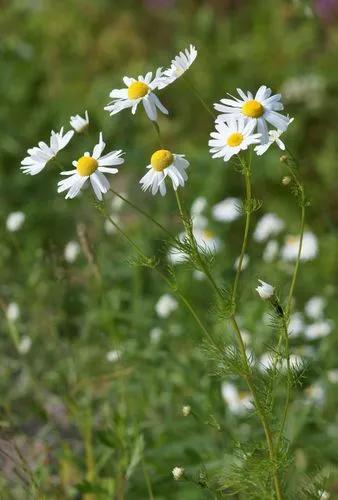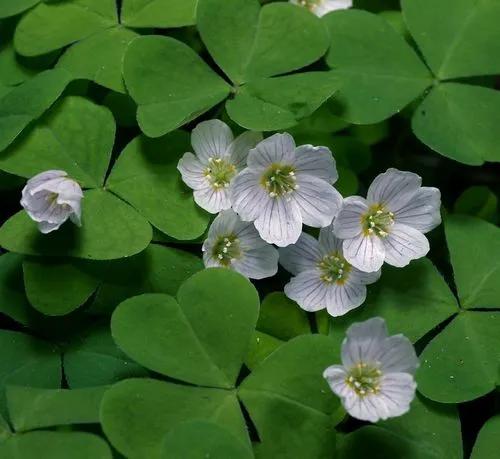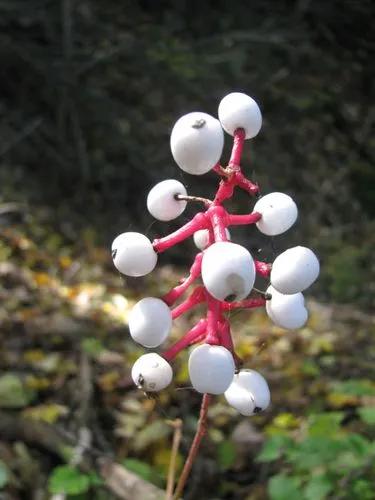Spanish Broom is the only variety in the genus Spartium. It originates in the Mediterranean region and also grows naturally in the Canary Islands.The plant produces a profusion of bright yellow pea-like flowers from June until August. They resemble the flowers of Genista, Cytisus canariensis, and other brooms.Each flower is borne on a short stalk along the tall flower clusters. Like the flowers, the green branching stems are characteristic of brooms.The small leaves that appear on each shoot fall soon after they become fully developed, leaving only the green stems to take over the process of photosynthesis.When planted out in a garden, Spanish Broom can reach a height of 2.4— 3m (8-10ft), with a spread of 1.8-2.4m (6-8ft). However, when grown in a container it is likely to be around 90-140cm (3-4ft).
Spanish Broom Care
Spartium Junceum
Other names: Weaver's Broom



How to Care for the Plant

Water

Depending on rainfall, new plants need to be watered weekly through the first growing season. A slow, one-hour trickle of water should do the job. During hot spells thoroughly soaking the ground up to 8” (20 cm) every few days is better than watering a little bit daily. Deep watering encourages roots to grow further into the ground resulting in a sturdier plant with more drought tolerance.

Pruning

Pruning may be needed to remove dead branches, encourage bushier growth, promote more flowers, or maintain a specific size or shape.

Fertilizer

Established trees should be fertilized every 2-3 years. Feed in early spring when plants start growing.Fertilizers are available in many forms: granulated, slow-release, liquid feeds, organic or synthetic. Determine which application method is best for the situation and select a product designed for trees and shrubs, or go with a nutritionally balanced, general-purpose formula such as 10-10-10.

Sunlight

Sun to Part Shade

Soil

Ordinary, well-drained soil.

Temperature

Lowest Temperature:10° to 20°F (-12° to -7°C)

Popularity

482 people already have this plant 114 people have added this plant to their wishlists
Discover more plants with the list below
Popular articles






